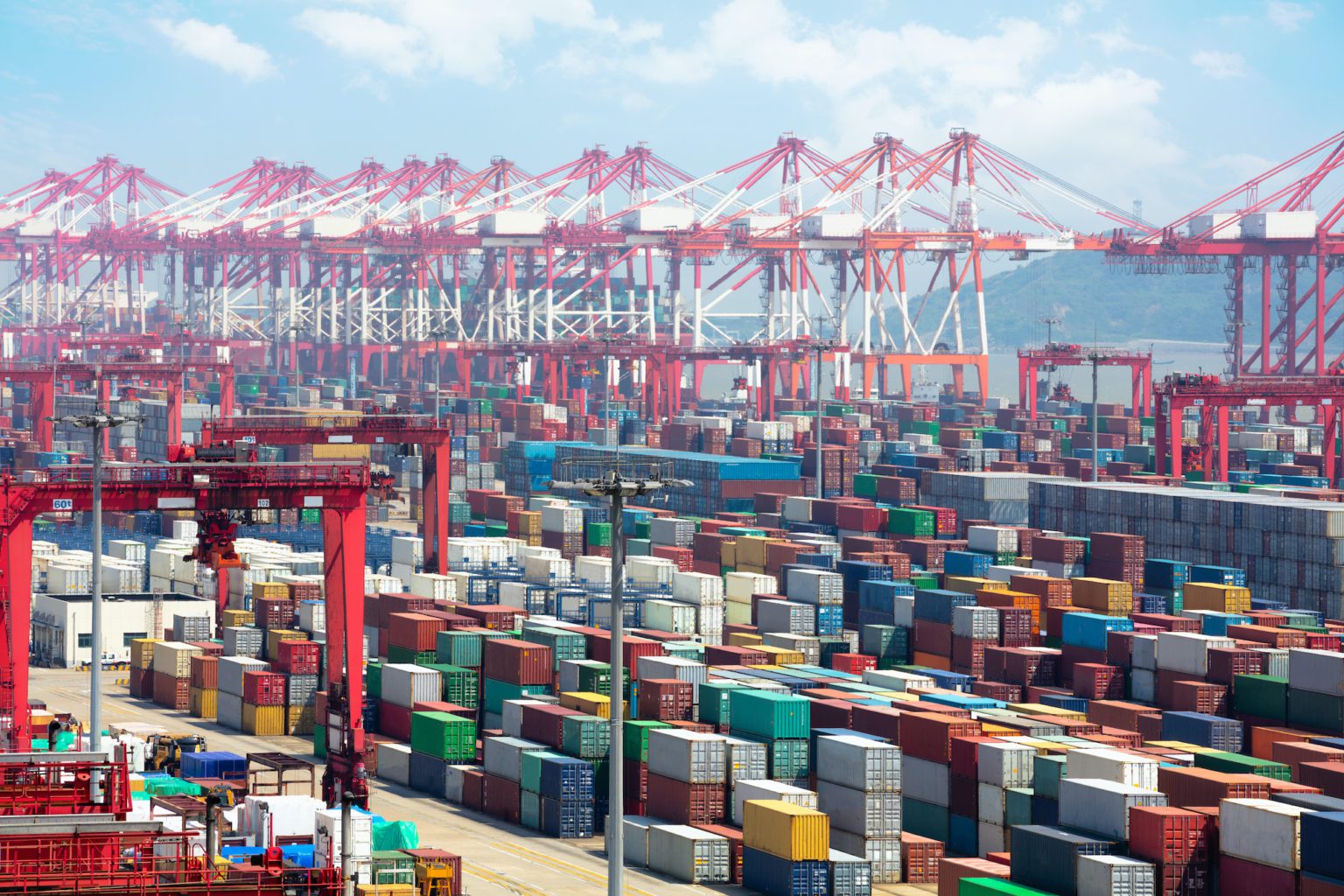The latest edition of the Global Container Port Performance Index (CPPI) shows East and Southeast Asian ports leading the pack in 2023, with 13 out of the top 20 spots.
The fourth iteration of the CPPI, developed by the World Bank and S&P Global Market Intelligence, is based on the largest-ever dataset comprising over 182,000 vessel calls, around 238.2 million moves, and approximately 381 million twenty-foot equivalents (TEUs) for the full 2023 calendar year. The CPPI ranks 405 global container ports by efficiency, focusing on container vessels’ port stay duration.
Over 80% of merchandise trade is transporting by sea, underscoring the critical role that the resilience, efficiency, and overall performance of ports play in global markets and the economy.
The report noted that regional disruptions affected port performance universally. Despite the easing of COVID-19 pandemic-related challenges in 2023, the container shipping sector remains unpredictable and volatile, according to Martin Humphreys, Lead Transport Economist at the World Bank.
“Major ports need to invest in resilience, new technology, and green infrastructure to ensure the stability of global markets and the sustainability of the shipping industry,” Humphreys said.
The 2023 CPPI included 57 new ports, such as Muuga Harbour in Estonia and the Port of Al Duqm in Oman, and saw various noteworthy movements. Visakhapatnam Port, a major Indian port, entered the top 20, while Dar es Salaam Port in Tanzania, though low-ranking, managed to cut ship arrival times by 57%.
China’s Yangshan Port retained the top spot for the second year running, with Oman’s Port of Salalah holding the second position. The Port of Cartagena in Colombia rose to third place, Tanger-Mediterranean in Morocco maintained fourth, and Tanjung Pelepas Port in Malaysia completed the top five.
“There is a greater awareness and focus on resilience and efficiency of maritime gateways and greater understanding of negative impact of port delays on economic development,” said Turloch Mooney, Head of Port Intelligence & Analytics at S&P Global Market Intelligence. “The highly interconnected nature of container shipping means the negative effect of poor performance in a port can extend beyond that port’s hinterland and disrupt entire schedules. This increases the cost of imports and exports, reduces competitiveness and hinders economic growth and poverty reduction.”
A.P. Moller-Maersk’s port operating arm, APM Terminals, was featured six times in the top 10. Five of these top-performing container terminals have been selected by the new Gemini Cooperation, a long-term operational collaboration between Maersk and Hapag-Lloyd, set to commence in February 2025. Once fully implemented, this network aims to deliver industry-leading 90%+ schedule reliability, competitive transit times, and extensive global coverage.
In the U.S., the Port of New York and New Jersey, the U.S. East Coast’s largest port, ranked 92nd, while the ports of Los Angeles and Long Beach, the nation’s largest container import gateway, ranked 375th and 373rd respectively.
Reference : https://gcaptain.com/east-and-southeast-asian-ports-dominate-2023-global-container-port-performance-index/

